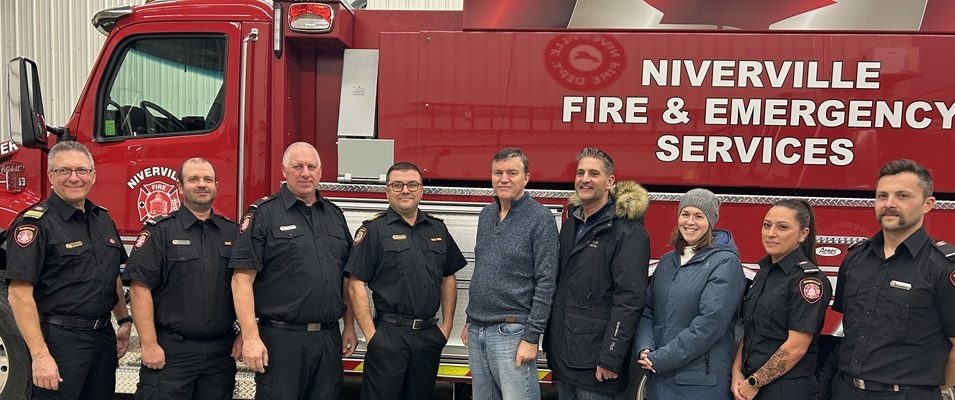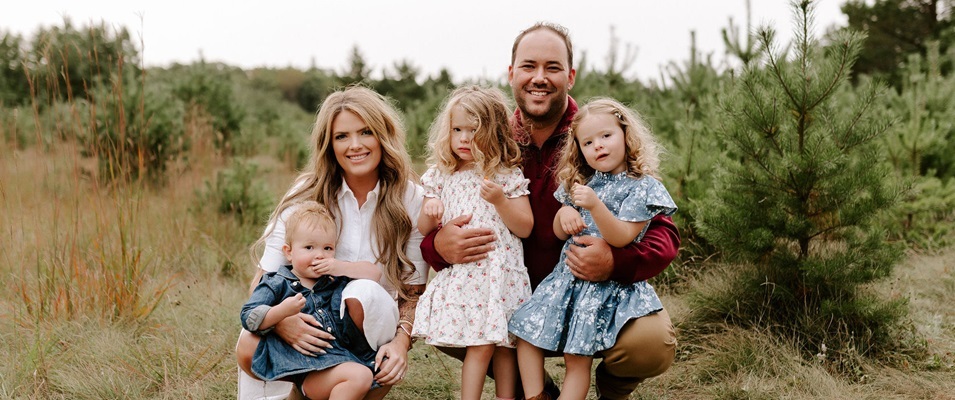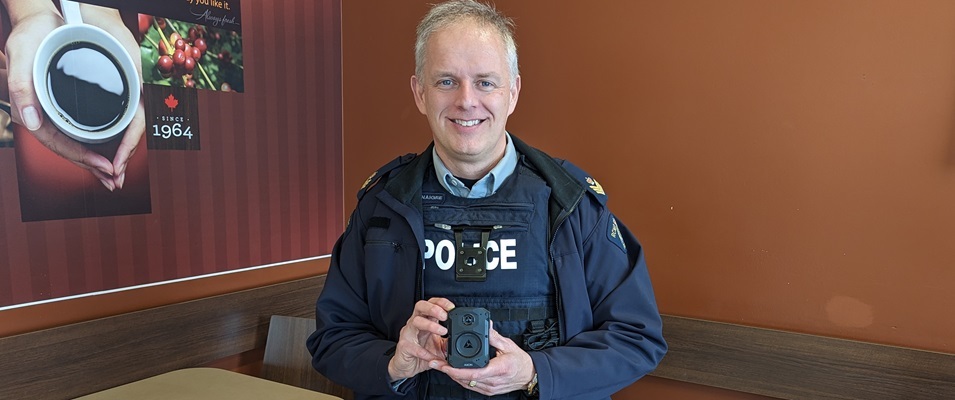
From October 8–14, Manitobans are encouraged to participate in Fire Prevention Week.
The slogan chosen for this year’s annual campaign is “Cooking safety starts with you! Pay attention to fire prevention.” The ambition of the National Fire Protection Association is to encourage everyone to incorporate simple but important steps into food preparation to help prevent unnecessary cooking fires.
According to Niverville fire chief Keith Bueckert, cooking fires are responsible for a high percentage of household fires. It is also one of the leading causes of burn injury in the home.
On October 10, the Niverville Fire Hall will hold an open house between 6:00 and 8:30 p.m. Everyone is invited to join the fire brigade for coffee and donuts.
Local fire trucks will be on display and demonstrations will take place with the new rescue tool equipment.
Attendees are encouraged to bring a nonperishable food item for Niverville Helping Hands.
Chris Rideout, Niverville’s Fire and Life Safety Officer, will also make appearances at the Niverville Elementary School that week, hammering home the message of fire safety with the young students.
Kids will come home with contest forms encouraging them to draw a map of their home showing two ways out of every room in an emergency.
After practicing their home fire escape plan with family members, the children can return the map along with a completed contest form to the school for a chance to win one of two $200 gift cards.
The classroom that returns the most completed forms will win a pizza lunch party provided by Niverville Fire and EMS Services.
“Our Niverville team has been in our school during Fire Prevention Week for close to 20 years now and several kids have won the provincial contest,” Bueckert says. “The last two years, Niverville Elementary has submitted the most contest forms in the entire province.”
Bueckert says that it’s common practice to run through regular fire drills in the school setting, yet this practice is often overlooked at home. Having a plan in place improves the likelihood of everyone’s safe exit during an emergency.
“A proper escape plan should show two ways out of sleeping areas and how to use the secondary exit,” Bueckert says. “Also, what to do if you encounter smoke when trying to escape. Have a meeting place outside and know where to go to call 911 after getting outside. Never enter the house once outside for any [item] or pets.”
A good prevention plan also includes regular testing of smoke alarms, which should be located on every level of the home.
For those who live in apartments or multifamily homes, Bueckert says that the objective is the same: exit quickly and head outside to safety.
“If the fire is in your apartment, ensure that the door to the hallway closes behind you to prevent fire and smoke from entering the hallway,” says Bueckert. “Activate the building’s fire alarm system by pulling a pull station and, once outside, call the fire department.”
There are times, he adds, when a fire or thick smoke may block an apartment suite exit. In times like these, sheltering in place may be necessary.
Important strategies include placing wet towels at the base of the door to help keep smoke on the other side. A balcony is a good place to shelter while you wait.
At this point, a call to 911 is important so they are aware of your circumstances. You may also signal firefighters or bystanders below with a flashlight or towel to indicate your whereabouts.
“The most important thing to remember is to have a plan and a secondary plan to exit your home, whether that is a house or an apartment,” Bueckert says. “Practice the plan with everyone in your home.”




















